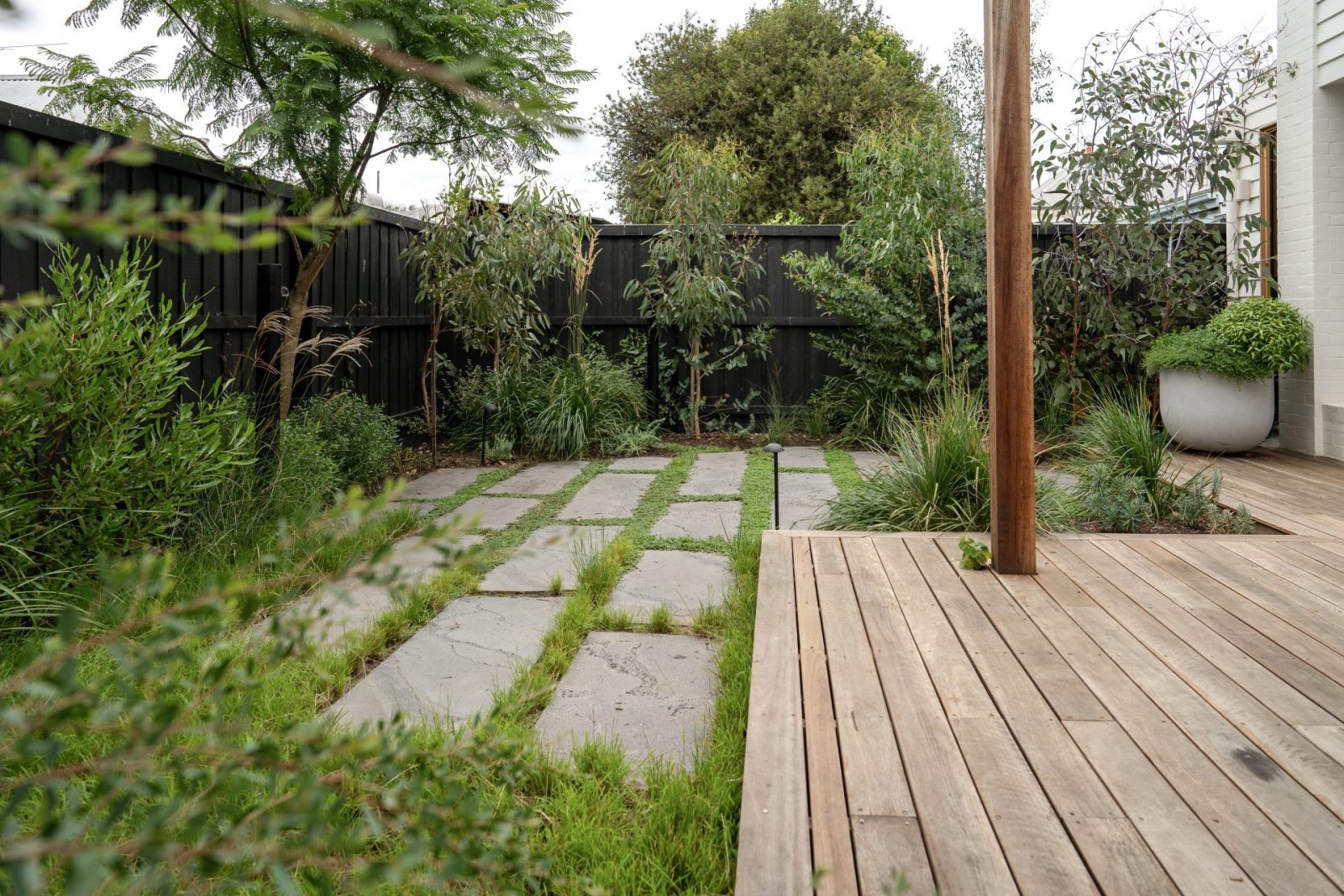Landscape designers, landscape architects – sustainability and our changing climate.

A sad fact of our changing world today is climate change. It is affecting everyone in different ways and to different degrees (no pun intended)You would think that making gardens is ultimately a good thing. Planting trees, improving air quality, and creating habitat. All these things are true but there is also a massive negative side to construction. The built environment broadly is responsible for 40% of global resource use and is the largest contributor to GHG emissions globally. Concrete products, waste, excessive water use, steel, embodied energy from transport. As well as the mining of cement, gravel, stone, and steel and the types of timber we use. Where are these products sourced for our gardens and are they sustainable


How can we as landscape designers, landscape architects, as well as our clients make informed choices to minimize our impact? How can we inform ourselves, make informed choices, and help our clients to make more sustainable choices? Firstly retaining trees and recycling waste where possible during the early stages of garden making. Designing in the retention of water on site with permeable paving and the use of rain gardens. Incorporating the growing of fruit and vegetables in our gardens. As well as thinking carefully about where materials come from, and using locally sourced products where possible. A great example of this is Bluestone used throughout the city of Melbourne. Bluestone was traditionally mined in Port Fairy and still is today. It is lovely stuff and very versatile for use in gardens. The imported stone is less than half the price due to very low labor costs in China and India where much of the stone comes from. We should try to consider the actual cost of our choices, as well as the upfront cost. Is there a local alternative to an imported product? Do we need to pave at all and if so, to what extent?

I have been designing and working in gardens for over 25 years and have noticed some broad impacts on my industry over this time. There has been La Nina and El Nino, drought, and fluctuating rainfall. But over time the heat has been significantly more intense for gardens. Last season we were trying to establish many newly planted gardens. Initial flooding and plant loss due to water inundation. Shortly after dealing with extreme heat and no water.


In garden design in Melbourne or anywhere else the choice of plants becomes much more critical. Choosing plants that are appropriate for a changing climate and can adapt to some degree to the heat. Not necessarily native plants although many of these are great choices. Plants that can cope with drought and trees that will survive long term. The City of Melbourne and the Melbourne Botanical Gardens have been thinking about this carefully. Choices have impacted street tree choices and long-term strategies for the retention or removal of trees in the gardens.

Ultimately we need more plants in the city and making gardens is to be encouraged. Plants store carbon, create cleaner air, and provide habitat. Gardens bring a lot of joy to the people who use them (and the people who create them) But we need to be mindful of the choices we make how they will impact our gardens and how they will impact all of us in the future.


